CONTENT
- 1 Why is the diagonal measured in inches
- 2 Correct ratio of screen height to width
- 3 TV dimensions depending on the diagonal
- 4 Distance to TV depending on diagonal
- 5 Rules for converting inches to cm
- 6 CM to inches conversion calculator
- 7 How to measure the diagonal of your TV
- 8 Screen resolution and its relation to diagonal
- 9 Diagonal table of TVs in inches and centimeters
Why is the diagonal measured in inches
When a reasonable question arises, which diagonal of the TV to choose for optimal and comfortable viewing, not many people think about why it is measured in inches.
There are several versions of the origin of this phenomenon, but the closest to the truth can be considered the option that adherence to the English system of measures is due to the fact that most of the equipment is produced by foreign brands. On the territory of the countries where the brand originates, it is a similar metric system that is adopted.
During the existence of the USSR, when domestic televisions were produced, for example, "Birch 61ТЦ-311Д", there was no place for "bourgeois" inches. The number 61 in the name of the model denoted the diagonal, but only expressed in centimeters familiar to a Russian person.
FOR YOUR INFORMATION!
In the modern world of electronics, this 61 cm corresponds to 24 inches. This is very little, as we have already learned how to make PC monitors of this size, which does not look large or shocking.
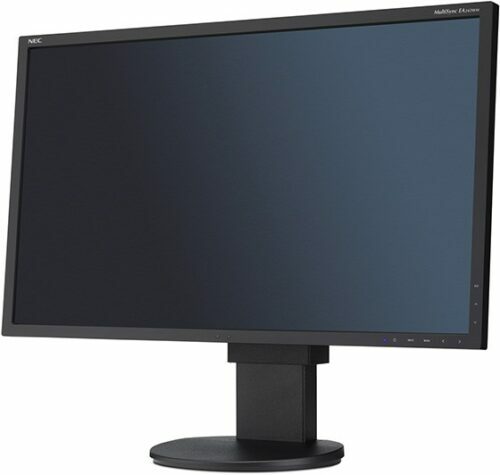
Indicating the dimensions of the diagonal was necessary, since the standard ratio of the height and width of the TV made it possible, with knowledge of this parameter, to simply calculate the dimensions of the equipment.
Another reason for moving to inches when measuring is elementary economy. When recording the diagonal, only one number is used, which indicates the dimensions of the equipment, and not the aspect ratio (height and width), which is easier to understand.

Correct ratio of screen height to width
If earlier, at the dawn of flat TVs, the ratio of the size, indicating the width and height, was the same for each model, then modern brands are demonstrating an evolution.
Now more and more often you can find such numbers as 4: 3 or 16: 9, on packaging or transport film applied to the screen.
To understand what is hidden under these designations, and how they relate to the question of how to find out the diagonal of the TV, you need to turn to history.
These numbers indicate the aspect ratio of the screen. In the early days of the content reproduction industry, a 1: 1 ratio or square was used. This was used exclusively for photography, allowing the frame to be oriented both horizontally and vertically.
Further, this format was replaced by a 5: 4 ratio, which practically did not differ in any way from the 4 by 3 ratio that was widespread further. The essence of this format is that one side of the screen (height) is used for a conventional unit, and the width is bound to it.
FOR YOUR INFORMATION!
The difference between 5: 4 and 4: 3 lies solely in the resolution of the matrix, but some users believed that the first ratio better conveyed geometric shapes. There is no documentary confirmation of this fact, everything is solely based on subjective assessment.
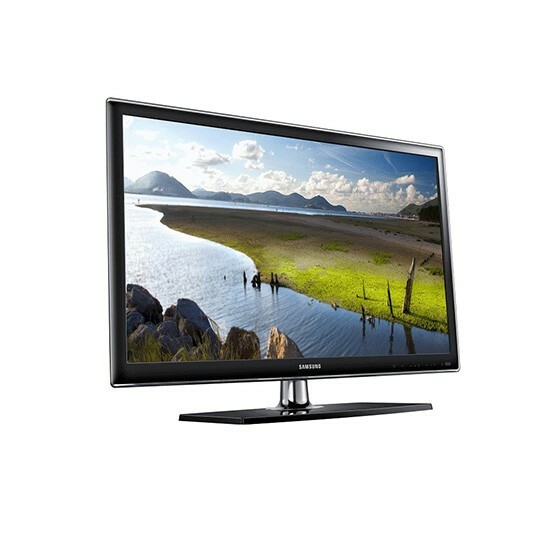
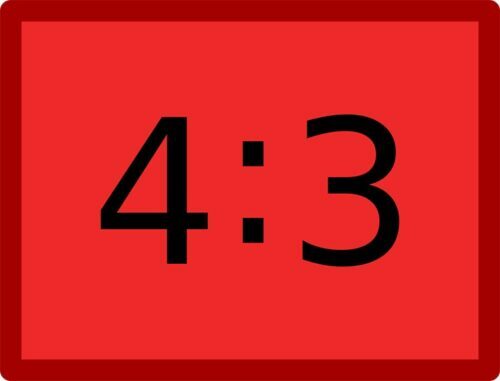
The 4: 3 format has long become the official standard for analogue broadcasting. But with the development of digital television and technology, the rules and requirements have changed. Nowadays, the 16: 9 ratio or widescreen image is being used more and more. It provides the user with the opportunity to get more enjoyment from watching a movie by increasing the viewing area.
It is interesting that with the same screen diagonal, but different ratio, the overall dimensions of the TV set will differ. In one case (4: 3) it will be more square, and with a ratio of 16: 9 it will become elongated in length.
Also, the increase in the ratio of the height and width of the sides led to an expansion of the viewing angles.
FOR YOUR INFORMATION!
When deciding to replace a standard TV with a widescreen model while maintaining its proportions, simple calculations are required: the screen diagonal must be multiplied by 1.22. For example, if you replace a 40-inch TV, the dimensions of which are 102 cm, you will need to buy a TV with a diagonal equal to 49 inches, which in centimeters is 127.
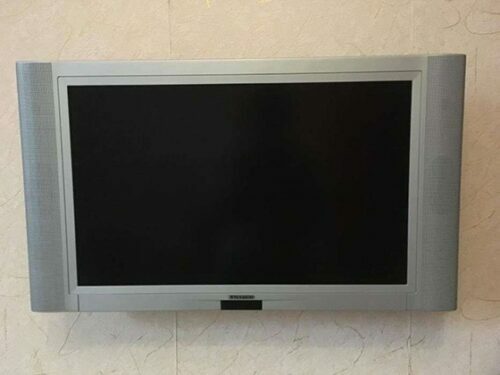
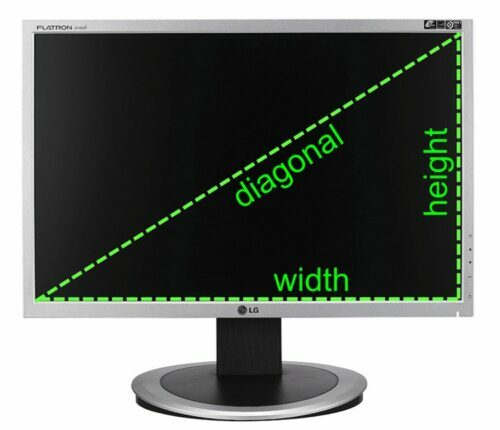
TV dimensions depending on the diagonal
Modern supermarkets selling electronics offer many TVs of various sizes. Determining the dimensions of equipment on your own in a showroom is not an easy task. Therefore, the required size of the TV should be considered even before visiting the store.
The main parameters that are taken into account when determining the optimal size are:
room area;
also the choice of the diagonal of the TV depends on the distance for comfortable viewing;
- design features.
Since it is difficult to find the dimensions of the TV in centimeters, since all dimensions are presented in English units of length, then you should use special tables of the diagonal of TVs in inches and centimeters.
For each type of room, the optimal solution will be its own diagonal
The optimal choice for the type of room will be the following size variations:
for the kitchen - from 19 to 22 inches;
the bedroom can accommodate a TV with a diagonal of 22 to 26 inches;
- if the TV is planned to be placed in the hall, then its dimensions can be from 32 to 65 inches.
To understand the spread, we can say that a 32-inch TV is 81 cm. How many centimeters is there on a 43-inch TV? Answer? 109. But such models are rare on the market. Manufacturers try to release even values of the diagonals.
Distance to TV depending on diagonal
The distance is also determined by the dimensions of the diagonal. To watch TV that has height and width proportions? 4: 3, the optimal place would be a sofa located at a distance of 3 to 5 diagonals. For 16: 9 format, this figure will be from 2.5 to 3.
What is the optimal TV diagonal for a distance of 3 meters? Based on the above principles, it will be 25 inches.
Another selection criterion for distance? viewing angles. It is believed that peripheral vision is capable of capturing images ranging from 36 to 40 degrees.
It should also be borne in mind that some models may have almost invisible frames around the perimeter of the screen, which will make the TV visually smaller.
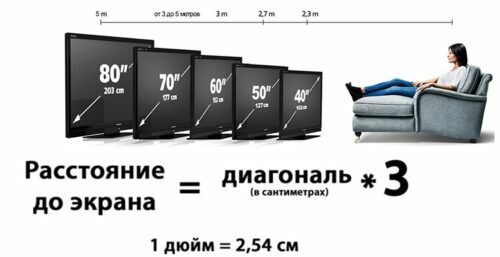
Rules for converting inches to cm
The rule of thumb on how to find out the diagonal of a TV screen is extremely simple. There is a mathematical equivalent of the ratio of units of various metric systems. Based on this, 1 inch equals 2.54 cm. Therefore, to convert the size indicated as X ", you just need to perform the action X * 2.54 and get the desired value.
CM to inches conversion calculator
On the Internet, you can find a large number of calculators designed to convert values. You can use either a universal service to determine the desired parameter (for example, from Yandex), or go to specialized sites that tell you about the choice of TVs.
There will be presented a calculator specifically for converting inches to centimeters or vice versa. Also, similar resources offer to find out the real dimensions of the TV (length and width). For 55 inches, for example, these parameters are 123 and 72 cm, respectively.
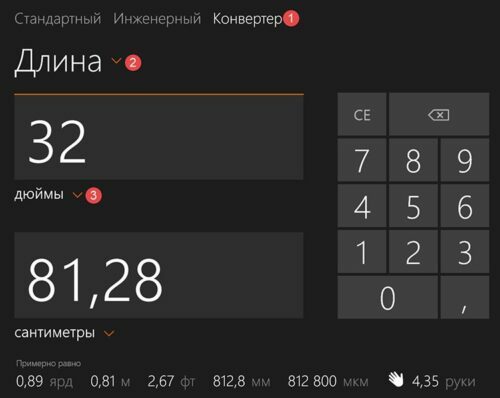
How to measure the diagonal of your TV
Many users, when choosing a TV, take measurements incorrectly - they believe that this parameter will be the distance from one corner of the TV to another.
In fact, there is a simple rule for how the diagonal of a TV is measured. You just need to choose the right reference points. This will be the bottom right or left corner and the top diagonal. The matrix is measured directly without external frames.
To select the optimal installation location, you should also measure the depth of the TV. Usually, all measurements can be taken with a simple tape measure. But the recent trend towards curved screens makes this impossible. A centimeter tape will help out here.
The correct measurement of the diagonal is carried out from the lower corner to the upper corner only along the matrix
Screen resolution and its relation to diagonal
Resolution most often refers to the size of the picture that is displayed on the screen. It is counted in pixels. Since the resolution is a value that serves to determine the number of elements of a raster image per a certain area, then an increase in the indicator will lead to a more accurate representation of the original Images.
Therefore, in the presence of a large diagonal, an increase in resolution is required so that the picture does not "float". Format 4 was developed for the largest TVsK, or UltraHDwhich gives permission? 3840 by 2160 dpi. Typically TVs with an average screen size use FullHD-permission. Its performance is 1920 x 1080 pixels.
This is enough for the human eye to not distinguish between individual grains of pixels or matrix elements.
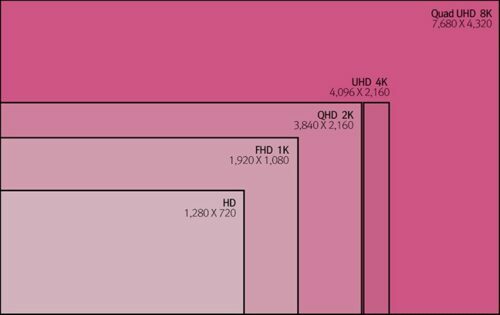
Diagonal table of TVs in inches and centimeters
The most common screen diagonals of modern TV receivers with the actual dimensions in both units are shown in the table:
| Inch | Centimeter | Possible Resolution |
| 19 | 48 | 1280 by 720 or 1366 by 768 |
| 22 | 55 | 1366 by 768 or 1920 by 1080 |
| 26 | 66 | |
| 32 | 81 | |
| 37 | 93 | 1920 by 1080 |
| 40 | 101 | 1920 by 1080 or 3840 by 2160 |
| 42 | 116 | |
| 50 | 127 | |
| 52 | 132 | |
| 55 | 139 | |
| 58 | 147 | |
| 65 | 165 | |
| 75 | 190 | |
| 85 | 215 | 3840 by 2160 or 7680 by 4320 |
